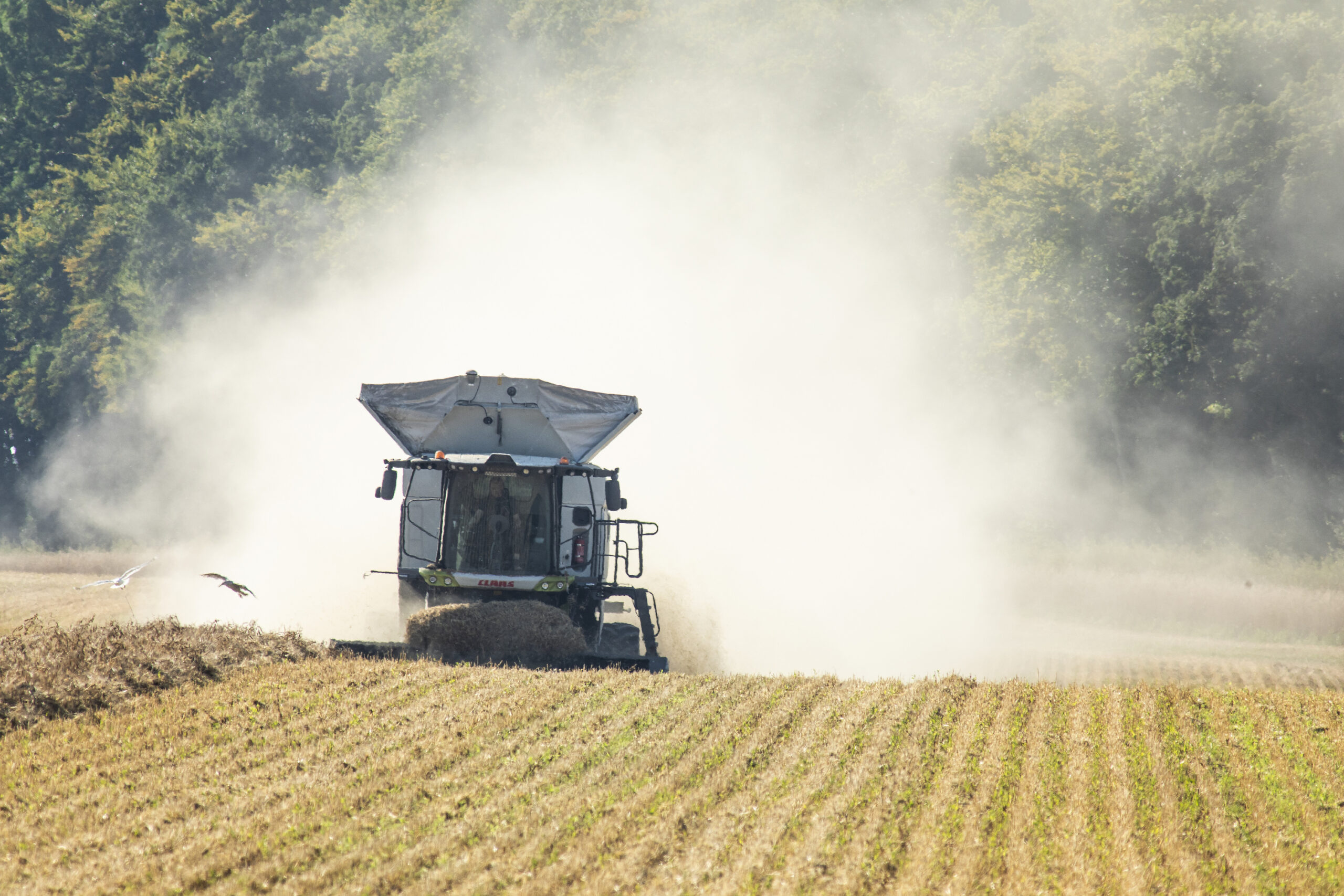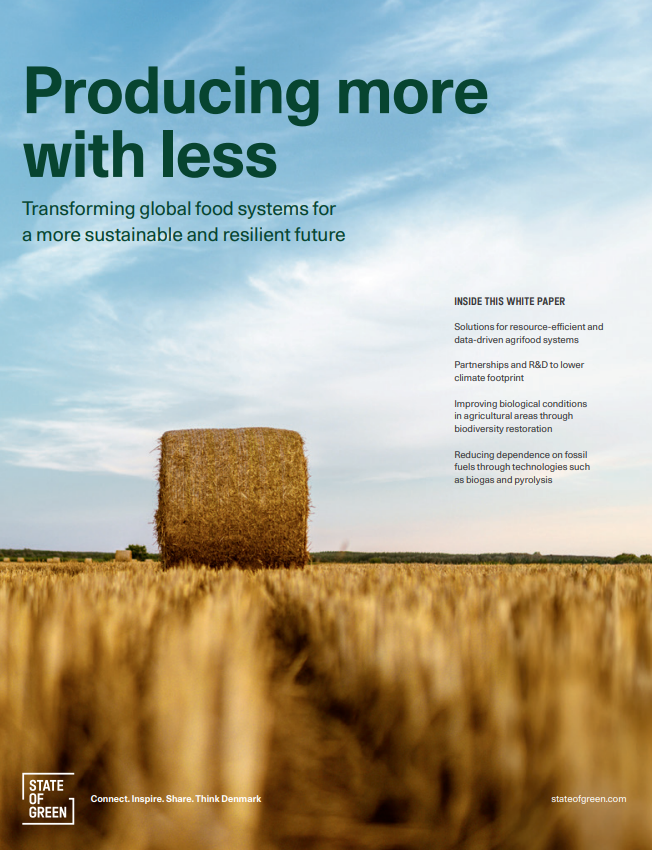Publication: Producing more with less
Discover pathways toward a resilient, resource-efficient and decarbonised agrifood system in this white paper launched during COP28 in Dubai.
Discover the white paperNews
Environment and agriculture
Biodiversity
Biodiversity in agriculture
+3



Discover pathways toward a resilient, resource-efficient and decarbonised agrifood system in this white paper launched during COP28 in Dubai.
Discover the white paperOn 24 June, Denmark announced a historic agreement, showing the way forward for a resource-efficient agrifood sector. With the so-called green tripartite agreement between the Danish government and leading industry, agriculture and environmental groups, Denmark becomes the first country in the world to tax livestock emissions.
The tax entails a fee of DKK300 (EUR 40.21) per tonne of CO2e on livestock emissions from 2030, rising to DKK750 in 2035, though with a 60% floor deduction. The effective tax will thus amount to DKK 120 per ton CO2e in 2030 increasing to DKK 300 per tonne of CO2e in 2035.
In addition, just over DKK 30 billion (EUR 4 billion) will be set aside for the conversion of 140,000 ha carbon-rich lowland soils including fringe areas and 250,000 ha of new forest. In addition, a subsidy scheme of just over DKK 10 billion (EUR 1.34 billion) is being set up for the production of biochar through pyrolysis.
As part of the larger transformation of Denmark’s agricultural and food industry, the parties also agreed on the need to speed up the development and maturation of new climate technologies and initiatives, and that the reduction effects of these must be documented as soon as possible so they can be counted in the national emissions inventory.
Overall, the efforts as part of the agreement are estimated to reduce Danish emissions by 1.8 million tonnes of CO2e in 2030, thus closing the shortfall concerning the national 2030 climate target of reducing emissions by 70%.
The agreement will create major changes in the Danish agrifood industry and the landscape in the coming years. The vision is for Denmark to be an international role model for a holistic and multifunctional approach to land management, where consideration for nature, biodiversity and drinking water go hand in hand with efficient and modern food production.
In order to drive the transformation of the Danish land area, Denmark is establishing a new green fund. The fund will handle initiatives such as afforestation, extraction of low-lying land and strategic land acquisition. The fund’s activities will include efforts for approximately DKK 40 billion (EUR 5.36 billion)
The agreement also unfolds principles for efforts ensuring that Denmark will fulfill the EU’s water framework directive so that Danish coastal waters are once again brought into good ecological condition.
Fee lifting of slaughterhouses for DKK 45 million annually with effect from 2029, as well as setting aside a pool for upskilling of a total of DKK 100 million over the period 2027-30.
solutions
Combined heat and power production
+6
solutions
Energy efficiency in buildings
+2